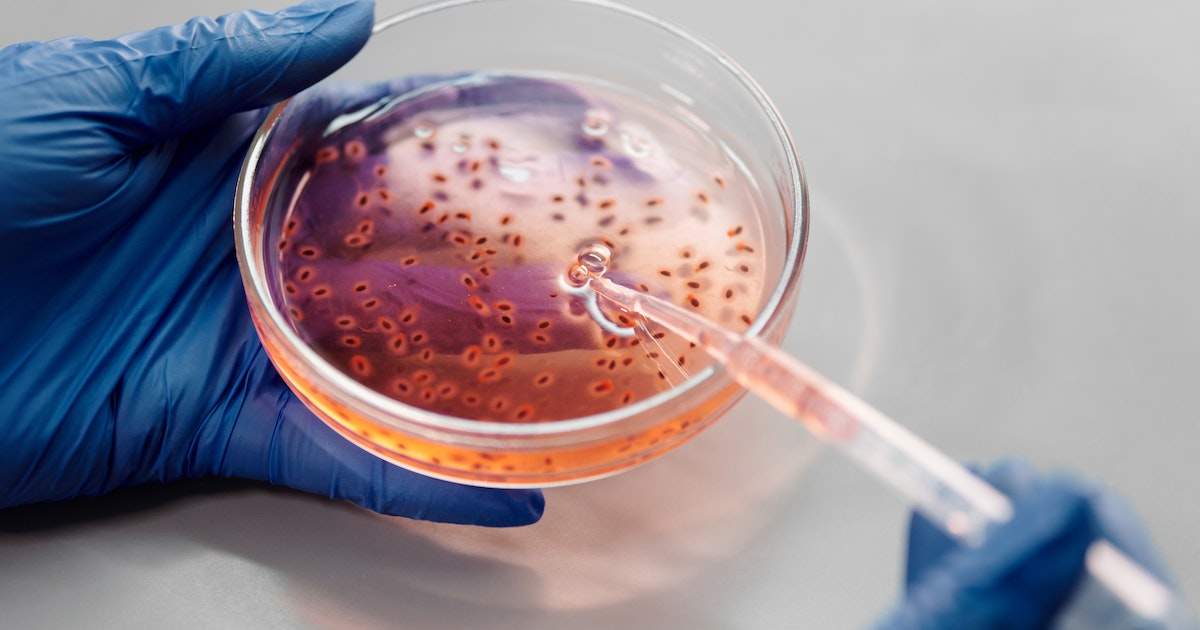Salmonella and Campylobacter resistance to commonly used antimicrobials is common in humans and animals. According to a report recently released by the European Centre for Disease Prevention and Control (ECDC) and the European Food Safety Authority (EFSA). However, except for some Salmonella types and Campylobacter coli in several countries, simultaneous resistance to critically important antimicrobials for humans was generally detected at low levels.
“Antimicrobial resistance is one of the most serious threats. We face this on a global scale, affecting humans, animals, and the environment. “Collaboration is essential in addressing this complex problem,” said ECDC and EFSA chief scientists Mike Catchpole and Carlos Das Neves in a joint statement.
“In our work, we embody the One Health approach, recognizing the close links and interdependence of human, animal, plant, and environmental health.”
In several countries, there were encouraging trends, with an increasing proportion of bacteria from food-producing animals being susceptible to all tested antimicrobials. Furthermore, the prevalence of E. Coli producing Extended-spectrum Beta-lactamases (ESBLs) and AmpC beta-lactamases (AmpC) is decreasing.
Salmonella resistance to ampicillin and tetracycline has also decreased in humans in several countries between 2013 and 2021. This was especially evident in S. Typhimurium, a multidrug-resistant Salmonella commonly associated with pigs and calves. Data also show that Campylobacter jejuni resistance to erythromycin is decreasing in humans and broilers.
This antimicrobial is crucial in the treatment of campylobacteriosis.
However, the report also shows an increasing trend in S. Enteritidis and C. jejuni resistance to ciprofloxacin in humans over the same time period. The majority of salmonellosis and campylobacteriosis infections in humans are cause by S Enteritidis and C jeuni.
Between 2009 and 2020, similar trends in C. jejuni from broilers were observe, as ciprofloxacin resistance increased in several countries. Ciprofloxacin resistance in Campylobacter is now so high. It is no longer recommend for the treatment of severe Campylobacter infections in humans.
Resistance to carbapenem in food-producing animals and humans is still uncommon. Because carbapenems are a last-resort antimicrobial, any evidence of resistance in zoonotic bacteria is concerning. As a result, carbapenem resistance must be closely monitored and investigated.
